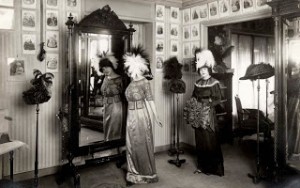
In honor of Women’s History Month, Volumes and Issues has come up with a diverse list of women who’ve impacted fashion and culture in the past, the present and those who are influencing the future. We’ll focus on creative luminaries who’ve broken barriers and approached design in progressive ways—some of whom you may not be familiar with. This series is part history lesson, part celebration, and part international trend forecasting that will be presented in three posts: Past, Present and Future.
Today’s post presents five groundbreakers of the past whose influence was revolutionary and whose impact can still be felt today.
Elizabeth Hobbs Keckley (1818-1907)

“Lizzie” was a former slave whose talent for dressmaking allowed for her to eventually buy freedom for herself and her son. Once freed, they moved to Washington D.C., where Keckley established her own business. She trained many others as dressmakers and became a successful seamstress. Considered plucky, well spoken, and a beauty in her day, she became well known for the cut and fit of her dresses and her quick turnaround. Keckley eventually established herself as a dressmaker for the wives of the political elite, among them Varina Davis, wife of Jefferson Davis, and the wives and daughters of generals assembling for the coming war.
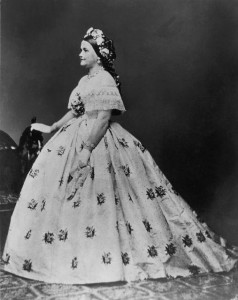
Keckley’s charismatic personality and proficient networking skills scored her a client recommendation to Mary Todd Lincoln. Mrs. Lincoln was a fan of how her dress designs flattered the arms and neckline and Keckley eventually spent four years in the White House as Mrs. Lincoln’s modiste, travelling companion, close friend and confidante. Keckley attended the Gettysburg address as a guest of the Lincolns and helped Mrs.Lincoln in her activism efforts to abolish slavery. She is the first known African American to professionally dress a First Lady in the White House, as well as one of the first well-known nineteenth-century designers.
Aware of her status as encouragement to other African-Americans, Keckley wrote an autobiography. We have it here in the library:
Behind the Scenes, by Elizabeth Keckley
For more details:
African American Women Fashion Designers
Jeanne Lanvin (1867-1946)
“The role and function of textiles in any societies is both general and specific. While textiles serve the everyday needs of people, literally from birth to death. They may also serve to distinguish individuals, and groups of individuals, in terms of social class, gender, occupation and status within the group.” –Jeanne Lanvin

We all know the brand Lanvin. But do you know the name behind the brand? Jeanne Lanvin the designer and creator of the House of Lanvin – one of the oldest established houses in Paris – had a career that spanned 56 years. She worked up until her death in 1946. An innovative and creative force, Lanvin was a designer who achieved many “firsts”. The 1970s and American Apparel have her to thank for being one of the first designers to use lamé. She was also one of the first designers to design for four seasons. Each of her seasons would include more than 200 looks!
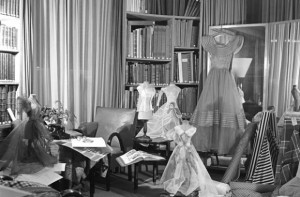
Lanvin was a progressive and modern woman able to build one of the largest fashion houses in the world at a time where women held traditional domestic roles. By the 1920’s she was employing 1200 people to help create womenswear, bridal wear, lingerie, menswear, children’s clothing, cosmetics, and fur items.
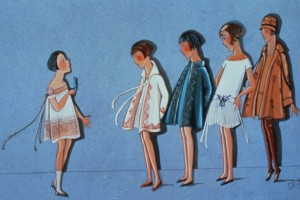 In support of her employees, Lanvin ran a nursery on the premises for their children. She had a great love for kids. Her daughter was her greatest muse, and her mother-daughter outfits were one of the many things she was known for. She took the image of a mother and daughter, similarly dressed, as her house logo.
In support of her employees, Lanvin ran a nursery on the premises for their children. She had a great love for kids. Her daughter was her greatest muse, and her mother-daughter outfits were one of the many things she was known for. She took the image of a mother and daughter, similarly dressed, as her house logo.
There is an exquisite book on Lanvin, written by FIT alum Dean Merceron. Expanded from his thesis in the graduate program for Museum Studies: Costume and Textiles, Merceron reached out to the House of Lanvin archives and was given incredible access, both to records and images of the house’s work. Particular attention (as in ‘lavish photographs’) is given to the surface embellishments Lanvin used on so many of her pieces.
The Oxford Art Online has a detailed article on Jeanne Lanvin. Also, ArtStor, Berg Fashion Library, and FITDIL have images of her extant work. Once you have logged on through the proxy server, use her name as the search term.
For more details:
Lanvin celebrates its own history
All You Need To Know About Jeanne Lanvin
Mary Phelps Jacob (1891-1970)
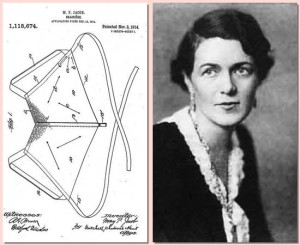
Tired of painful and cumbersome corsets poking through her evening gowns, Mary Phelps Jacob – a New York City socialite – invented the modern bra by sewing two handkerchiefs together with pink ribbon and cording. In 1914 she was the first recipient for a patent for the “modern bra” a backless brassiere that held the breasts up by straps on the shoulders.
She was also the first to patent an undergarment named ‘Brassiere’ derived from the old French word for ‘upper arm’. It was widely used due to it being soft, light, and conforming to the anatomy of the wearer.
The popularity of Jacob’s bra peaked during World War I, when, in an effort to conserve metal, the US government urged women to stop purchasing corsets. Around 28,000 tons of metal was eventually conserved! By that time, however, Jacob had sold the patent to the Warner Brothers Corset Company in Bridgeport CT (not the filmmakers) after realizing that she did not want to run a large business. Warner Brothers Corset Company reportedly made more than 15 million dollars from Jacob’s invention over the next 30 years.
Jacob eventually changed her name to Caresse Crosby at the suggestion of her second husband and become a Bohemian patron of the arts, a publisher and a poet.
Many designers claim the invention of new bust support as their own. Discussions of the origin of this garment can be found in many books in the library. A quick search in StyleCat using the term “underwear” brings up many records, of books both good and bad. Here are a few good history ones:
100 Ideas that Changed Fashion, by Harriet Worsley
The Corset: A Cultural History, by Valerie Steele
Beth wrote about a bunch of these books in the October edition of Needles in the Stacks
For more details:
Phelps’ brassiere is mentioned in the Fashion: Categories of Design: Underwear, after 1910 article in the Oxford Art Online dictionary.
Zelda Wynn Valdes (1905- 2001)
I just had a God-given talent for making people beautiful. –Zelda Wynn Valdes
Ms. Valdes’ career as a fashion designer and costumer spanned 40 years. She was known for her sexy, curve-hugging style, and her ability to flow between designing costumes and designing high fashion, including evening and wedding gowns. Her vision of slinky, sexy gowns helped make the acts of stars such as torch-singer Joyce Bryant and actress Dorothy Dandridge.
According to Ebony.com she was a “fashionable game-changer,” creating the original Playboy bunny outfit and making costumes for the Dance Theater of Harlem.
Her designs also elevated the presence of the African-American elite of the day. Dorothy Dandridge, Josephine Baker, Ella Fitzgerald, Gladys Knight, Mae West, and the wives of famous black celebrities such as Nat King Cole and Sugar Ray Robinson, were loyal clientele. Valdes was the first African American, male or female, to open a store on Broadway in New York City.
She was one of the founders and was named president of the New York Chapter of the National Association of Fashion and Accessory Designers, an organization for black designers. Her assistance launching this group was requested by Mary McLoud Bethune, as a support group for new African-American designers, since they were unwelcome in similar groups founded by and for white designers.
For more details:
Blacks in the History of Fashion, by Lois K. Alexander
Threads of Time, the Fabric of History, by Rosemary E. Reed Miller
Fashionable Game-Changer: Zelda Wynn Valdes
A profile of Zelda Wynn Valdes: costume and fashion designer
Mary Quant (1934— )
The fashionable woman wears clothes. The clothes don’t wear her. –Mary Quant
Mary Quant was a pioneer in the London mod fashion movement. She’s credited with inventing the miniskirt and popularizing hot pants, which were a representation of growing liberation in women’s fashion. Quant named the miniskirt after her favorite model of car: the Mini. Some of the most popular items in her shops were white plastic collars used to brighten up black dresses or T-shirts and both black and colorful stretch leggings—style trends still popular today!
Quant is also credited for being one of the first designers (along with Cristobal Balenciaga) to invent colored and patterned tights, which she made to match her outfits. For a period in the early 60s, she was one of the only two high-end designers making clothes for the new generation, one of which she was a part of.
Quant rose to fame in the mid-60s when she created the micro mini, “paint box” makeup, knee-high, white plastic lace up boots, and the iconic shiny plastic raincoats that epitomized the fashion era of the 1960s. In 1966, she received the Order of the British Empire for her contribution to the fashion industry. To receive her honor from the Queen, Quant wore a micro-mini skirt and cut out gloves! By 1988, the acclaimed British fashion icon, was asked to design the interior of her favorite car: the Mini Designer edition.
For more details:
Mary Quant also wrote an autobiography, which we have here in the library:
One really great source for good information about women designers in general is this book:
Women of Fashion: Twentieth-Century Designers, by Valerie Steele
The Oxford Art Online has a detailed article on Mary Quant. Also, ArtStor, and the Berg Fashion Library have images of her extant work. Once you have logged on through the proxy server, use her name as the search term.
These are just a handful of historical female designers who shaped the course of fashion and culture. Which other women designers would you have liked us to cover?
Have a good spring break!
Jennifer Brady and Beth McMahon
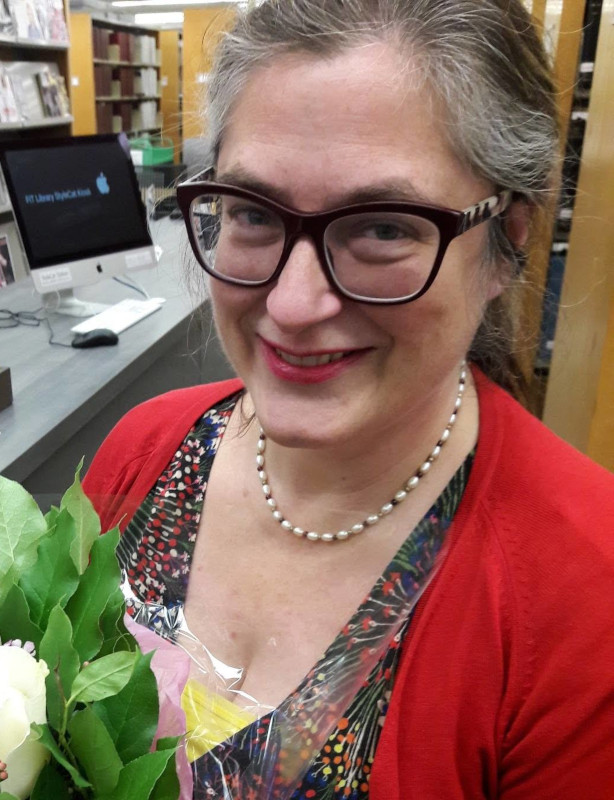
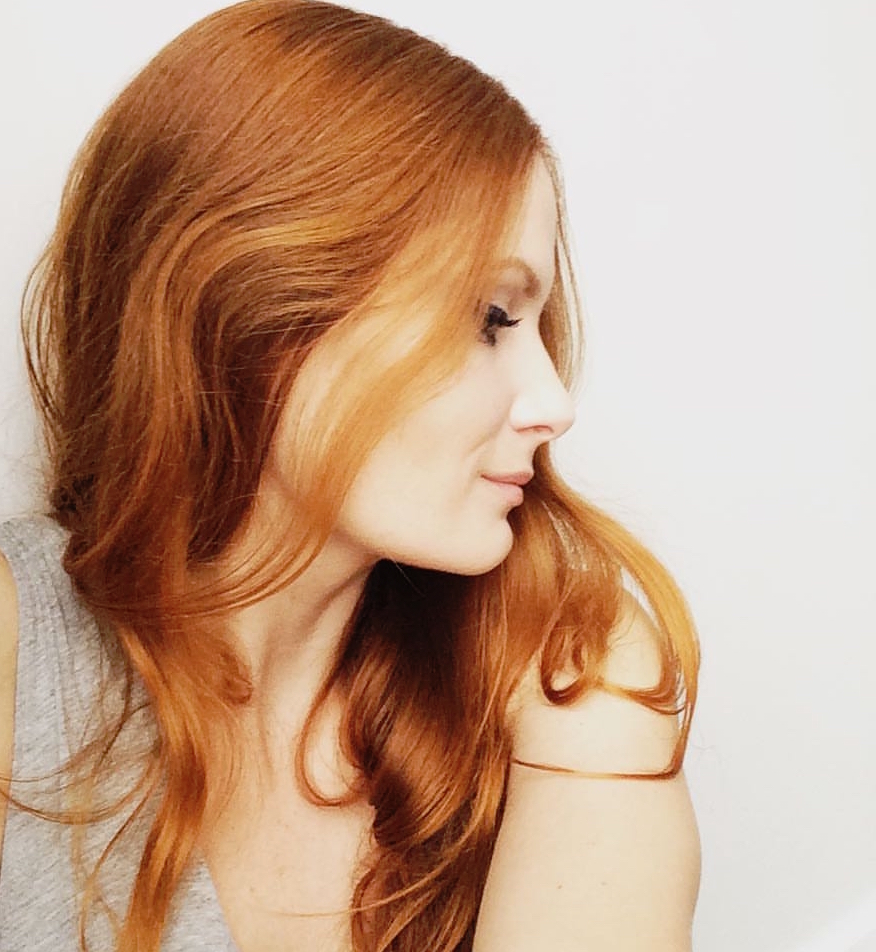
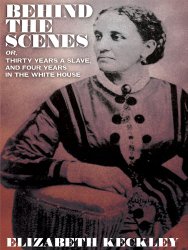
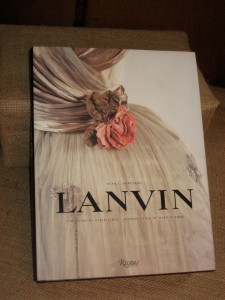

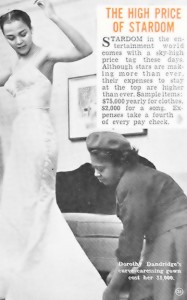
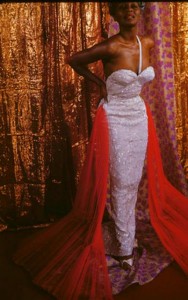

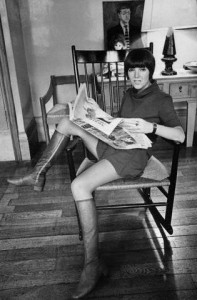
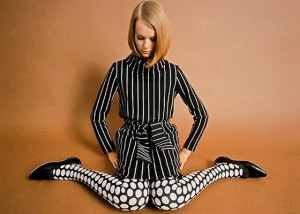
Comments
3 responses to “Word-Worthy Women: Heroes of the Past”
A great article Jennifer & Beth. Now I didn’t know the miniskirt was named after the Mini (Car). Still a few old minis going around here in Ireland… the mini skirt to of course. 🙂
[…] 出典:blog.fitnyc.edu […]
So interesting! Thank you~~